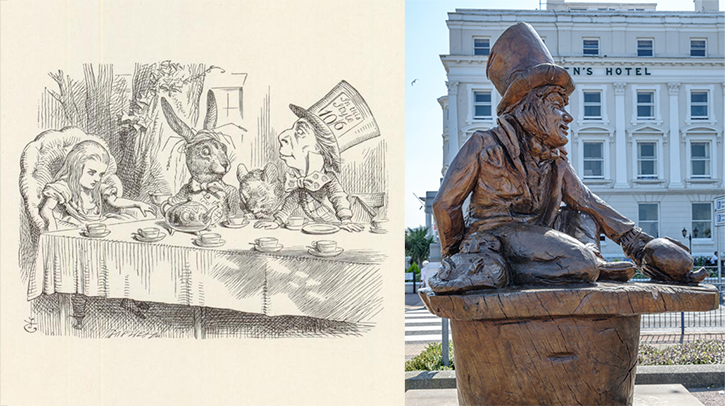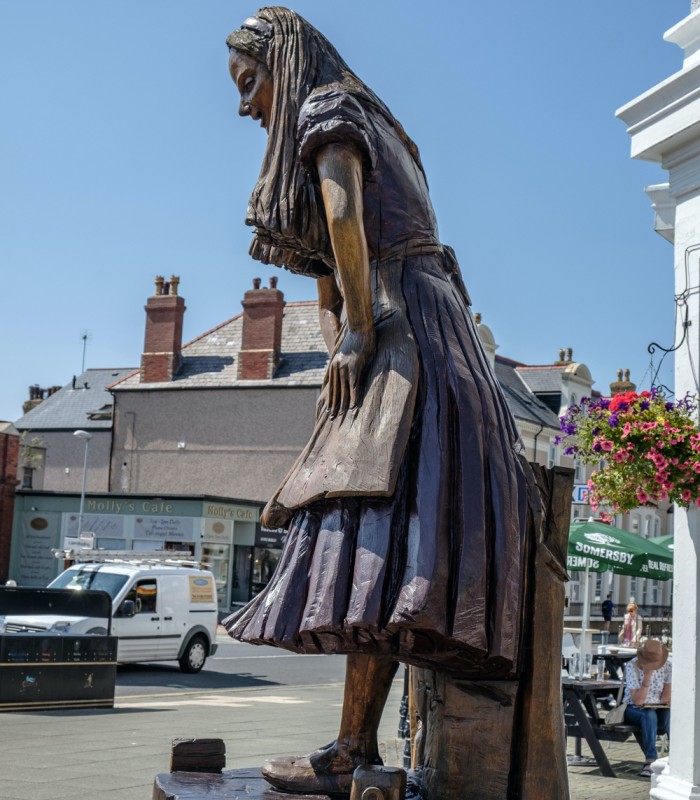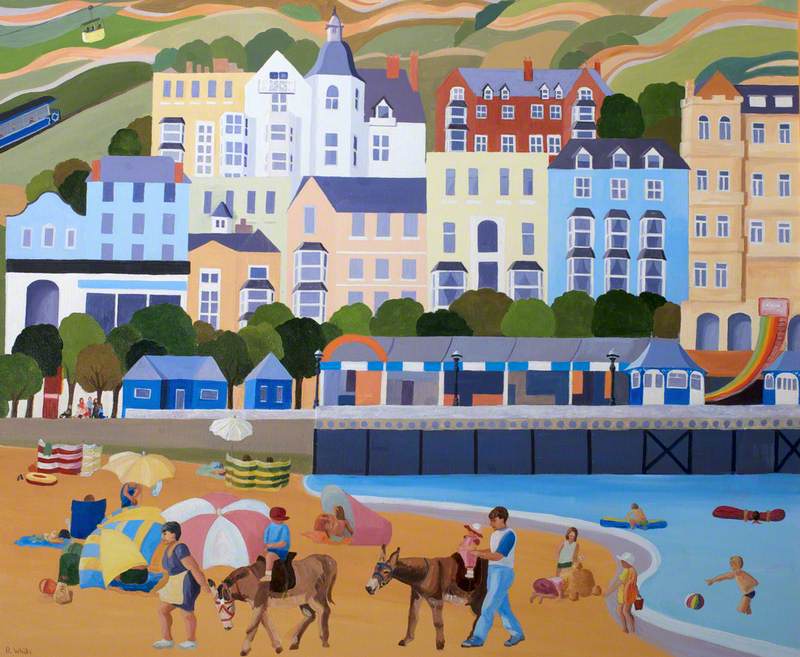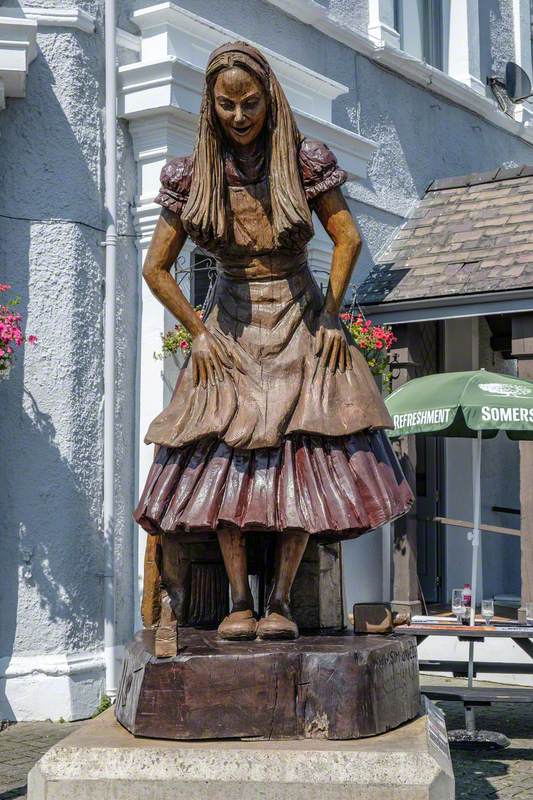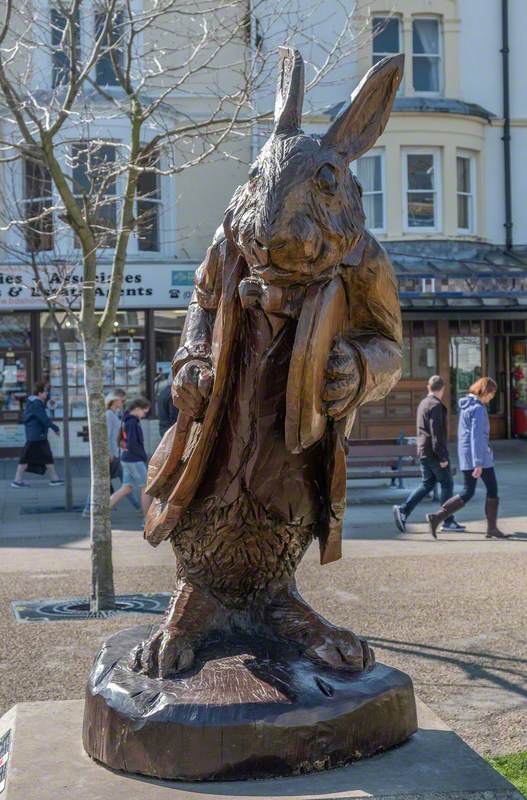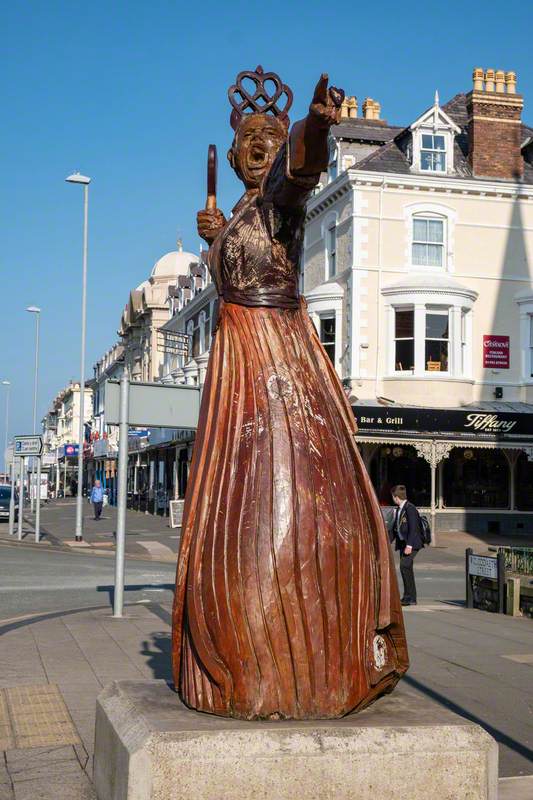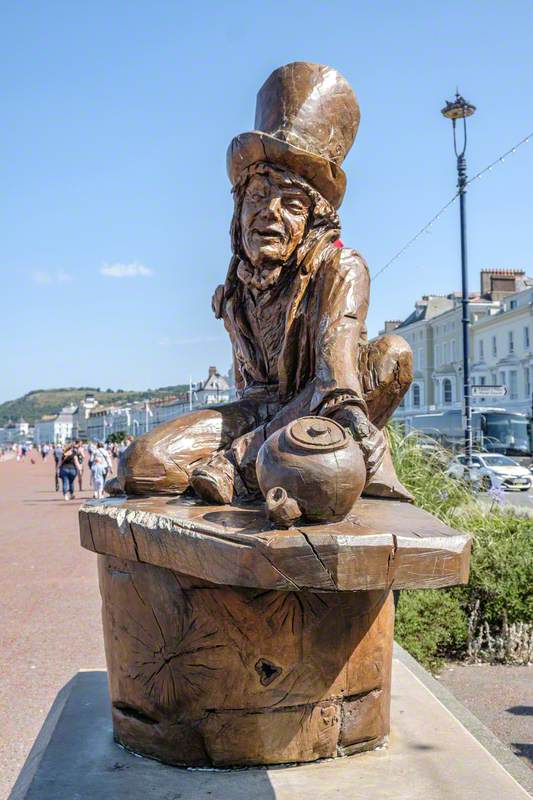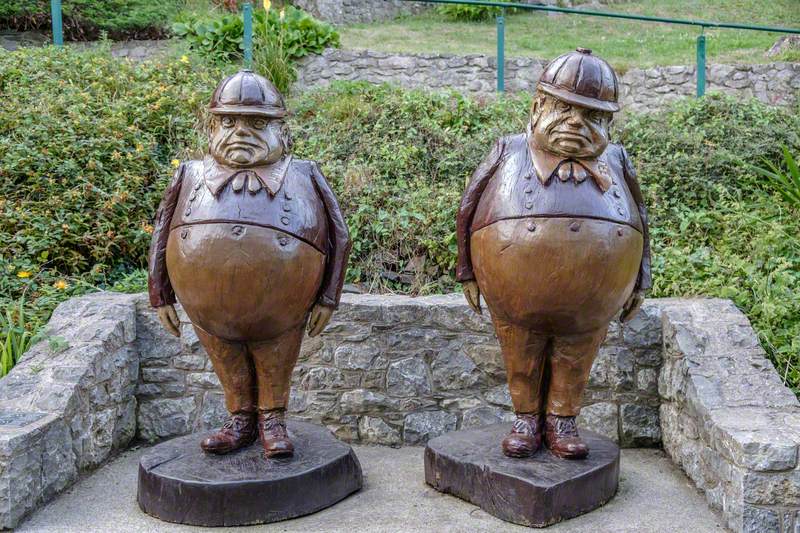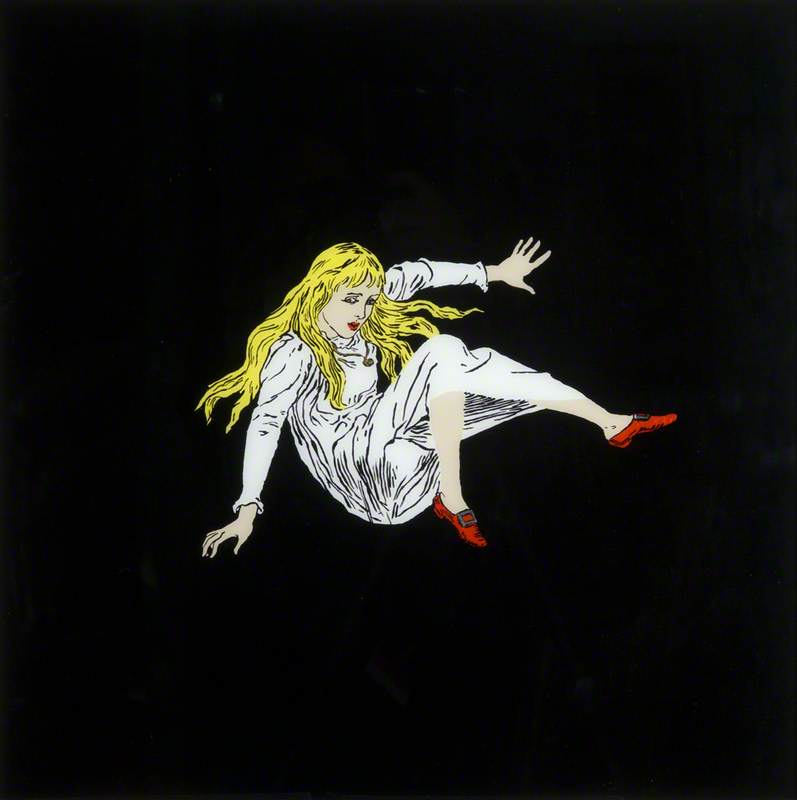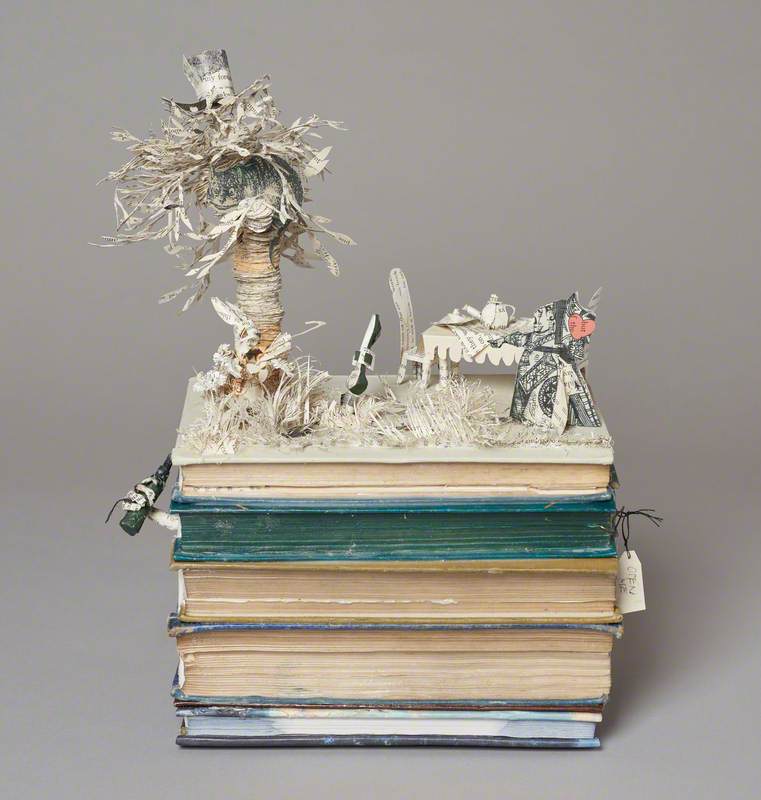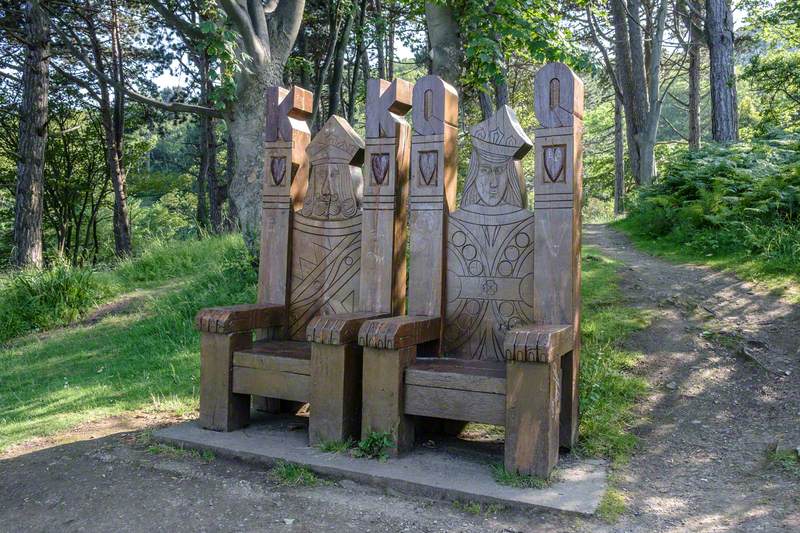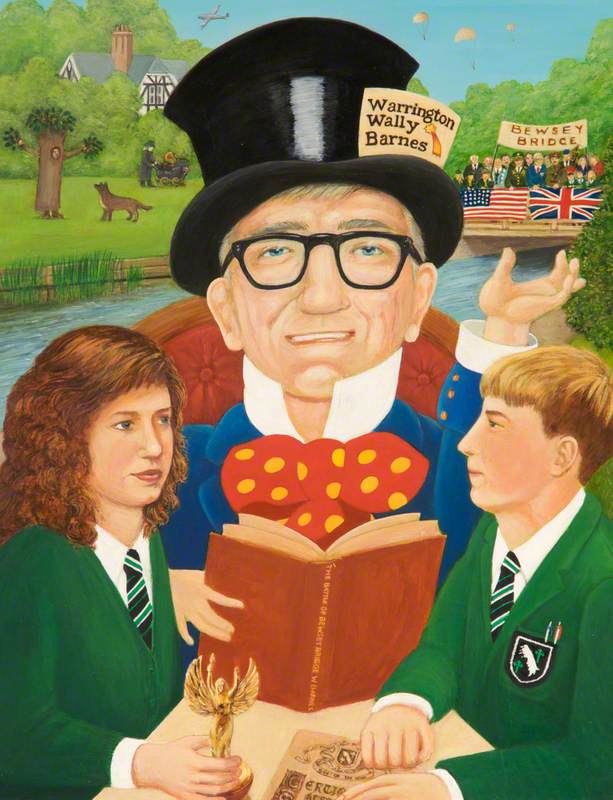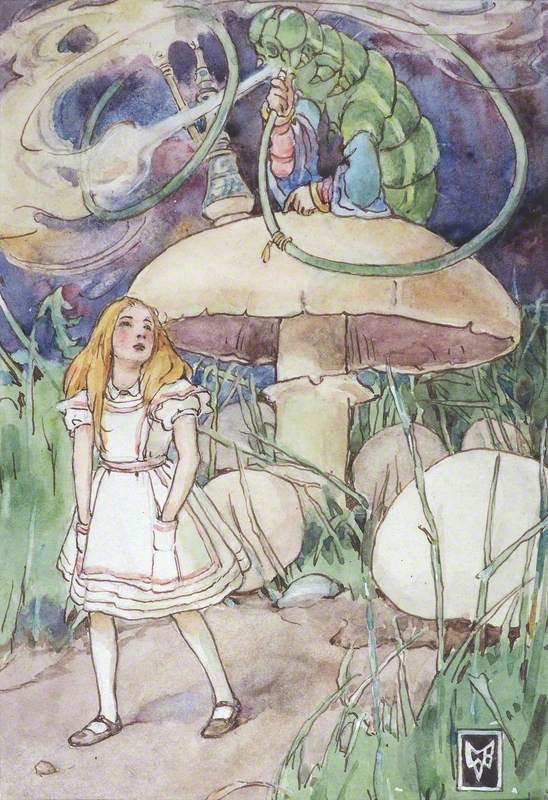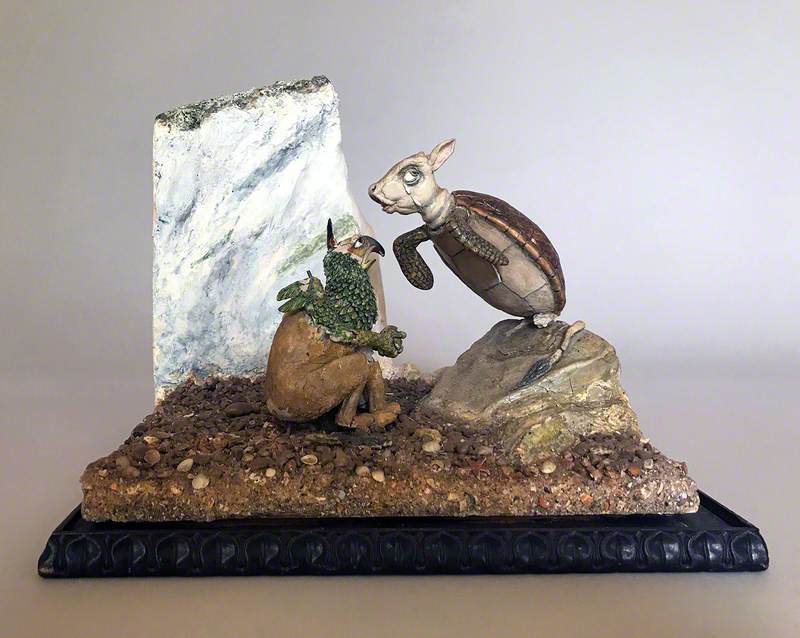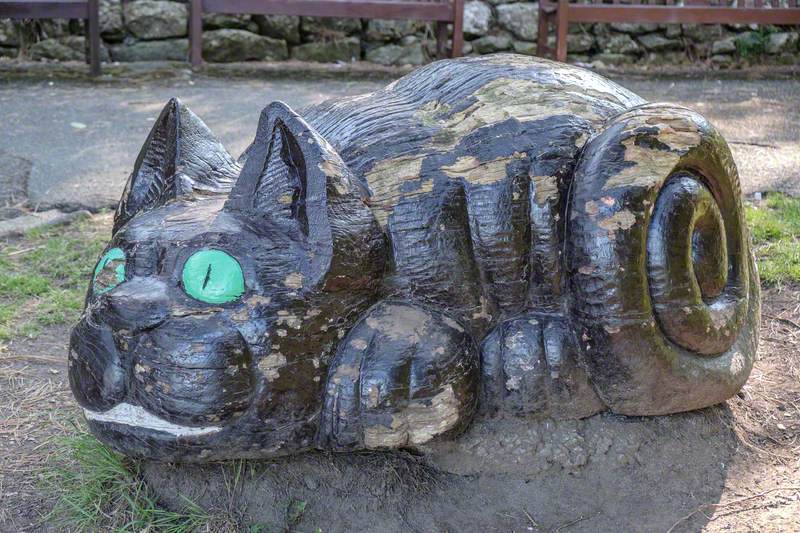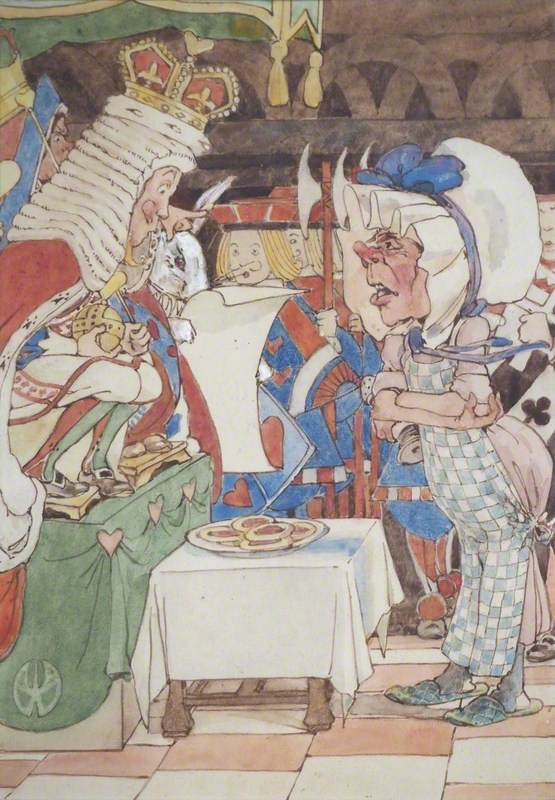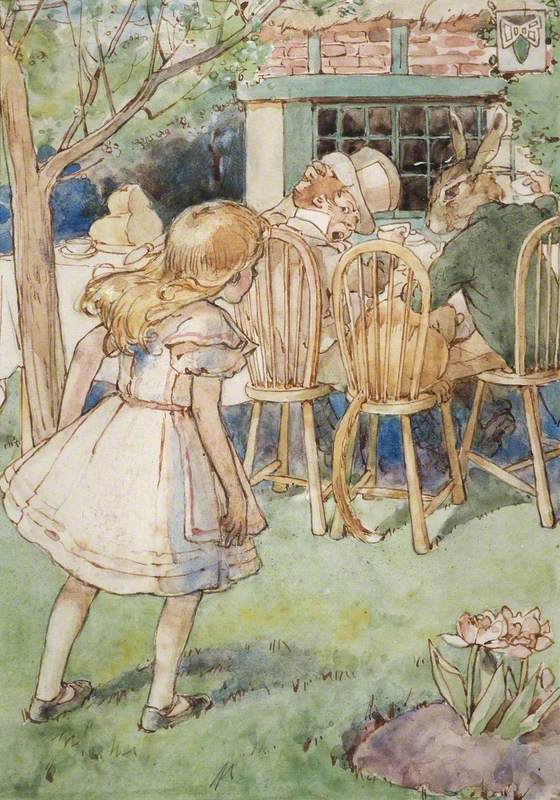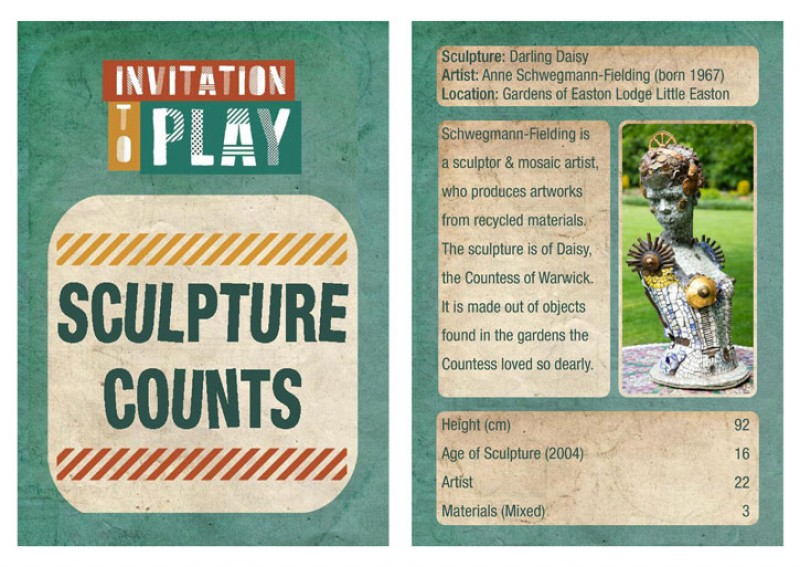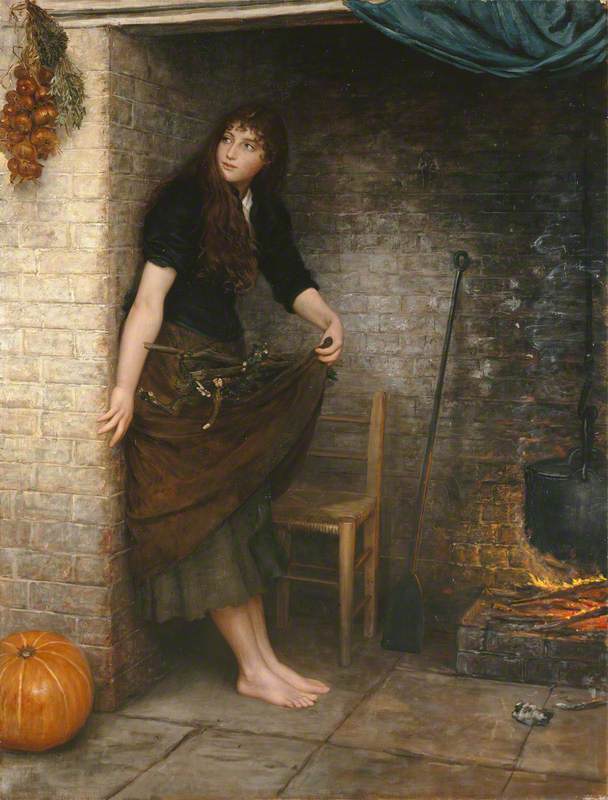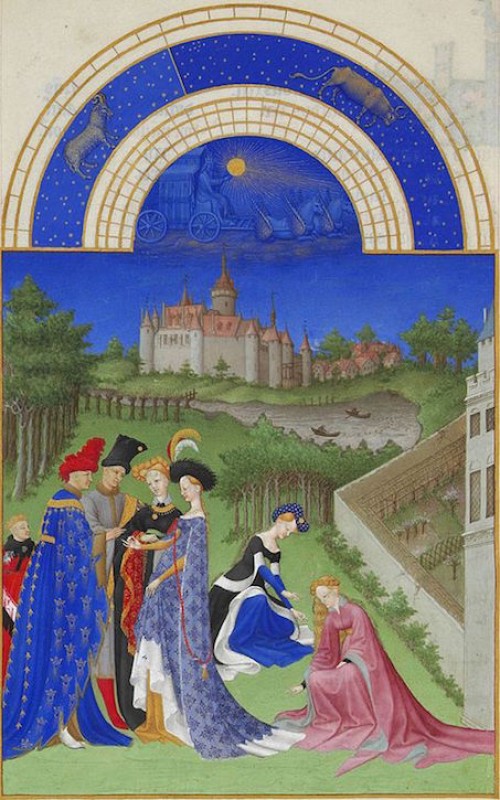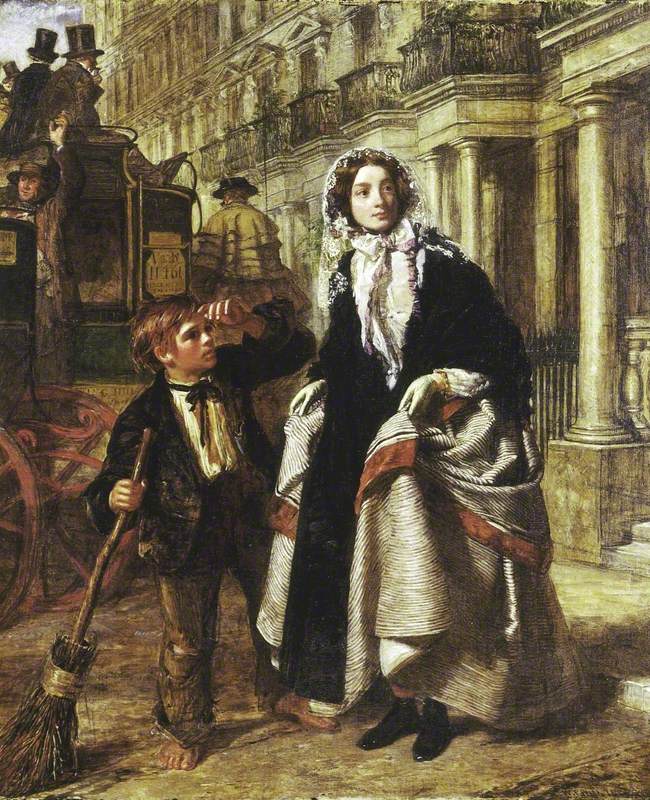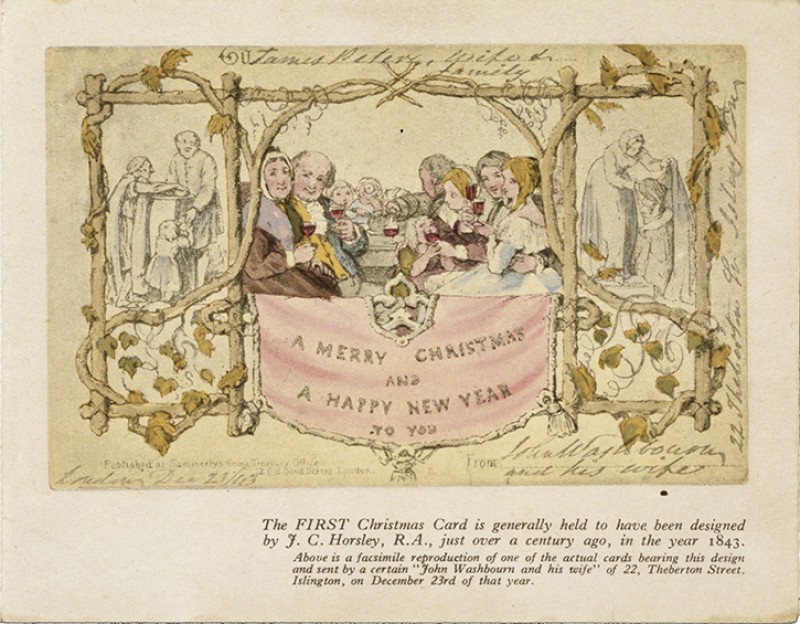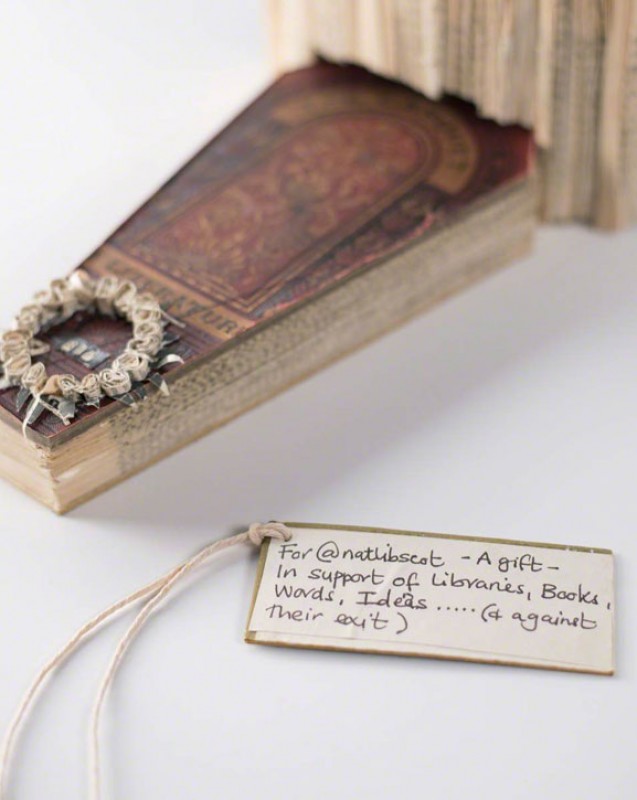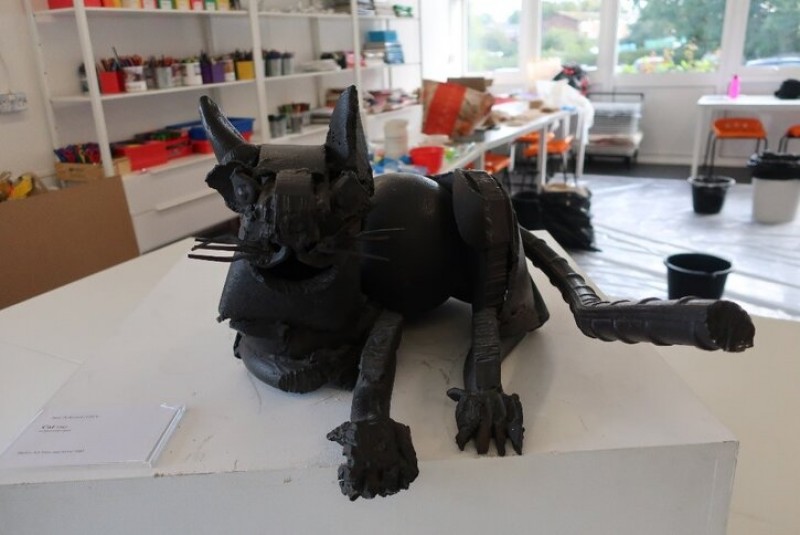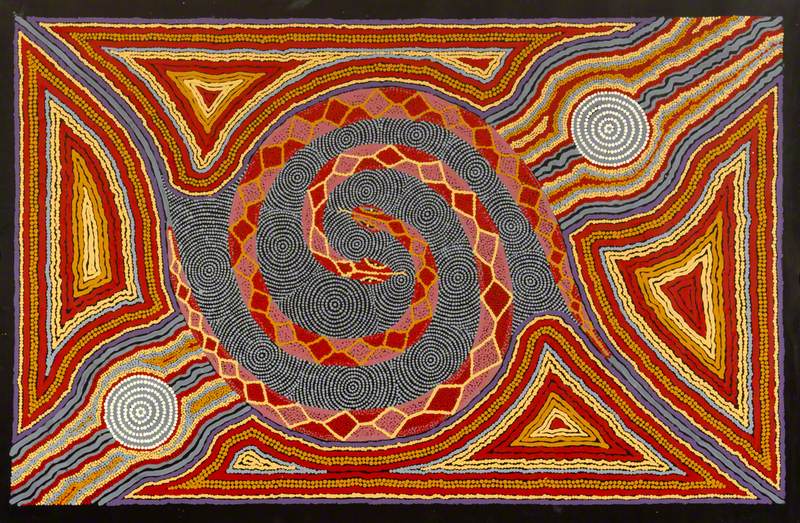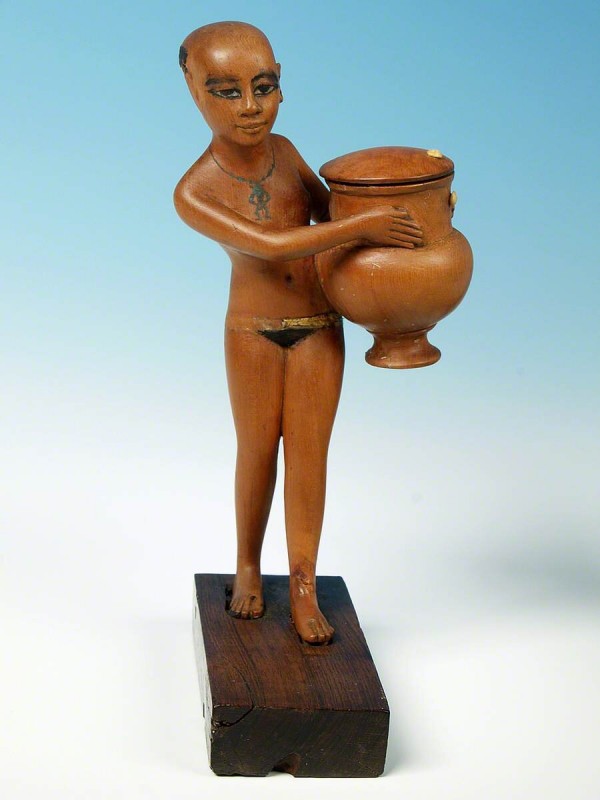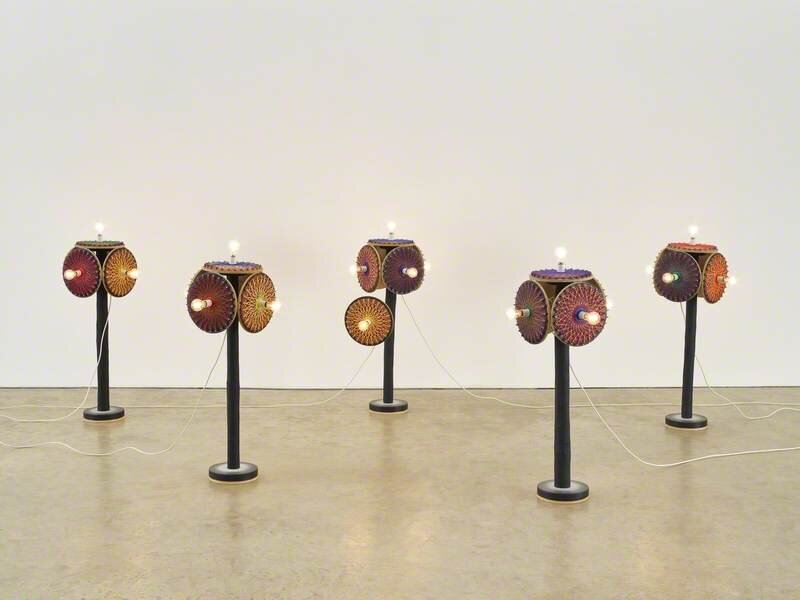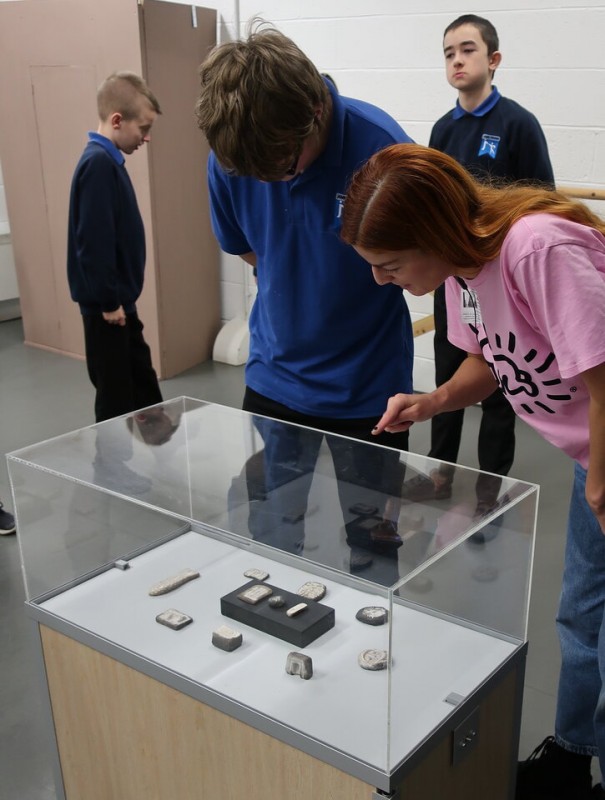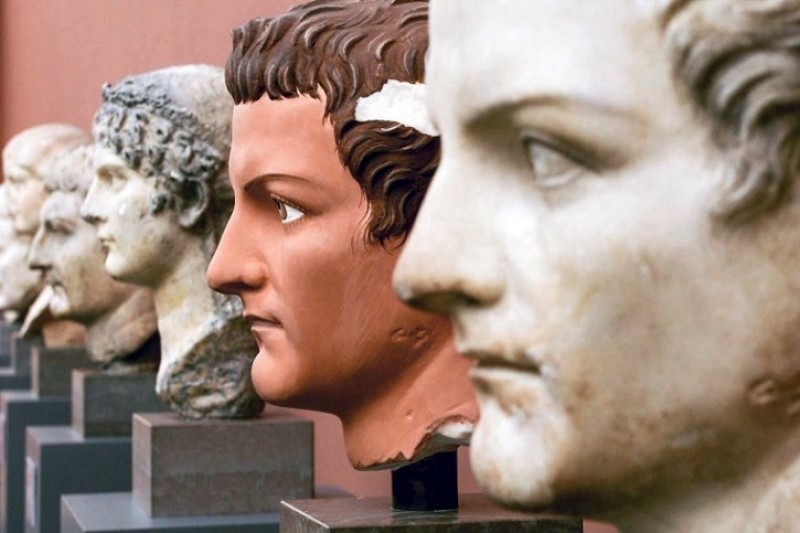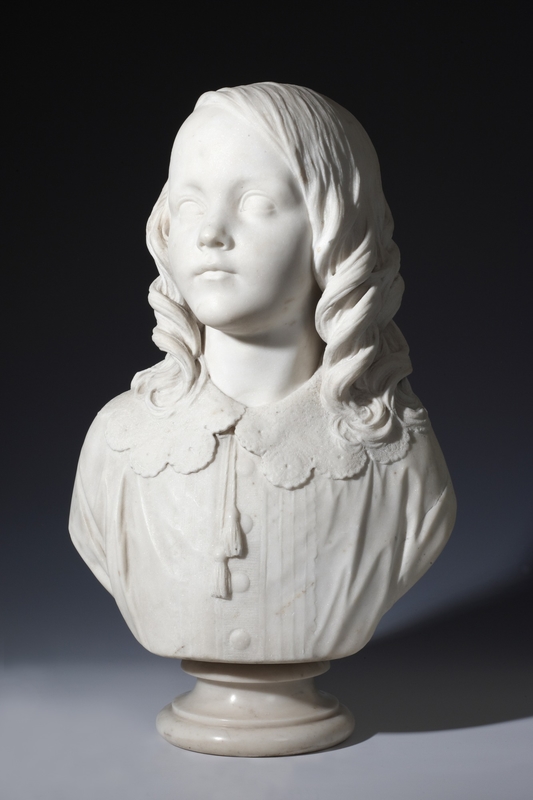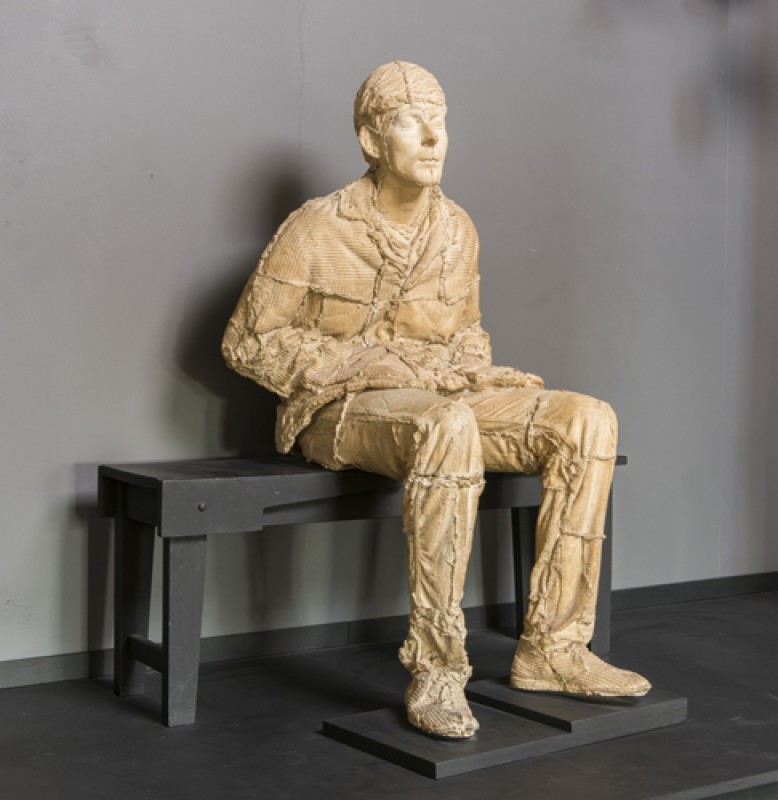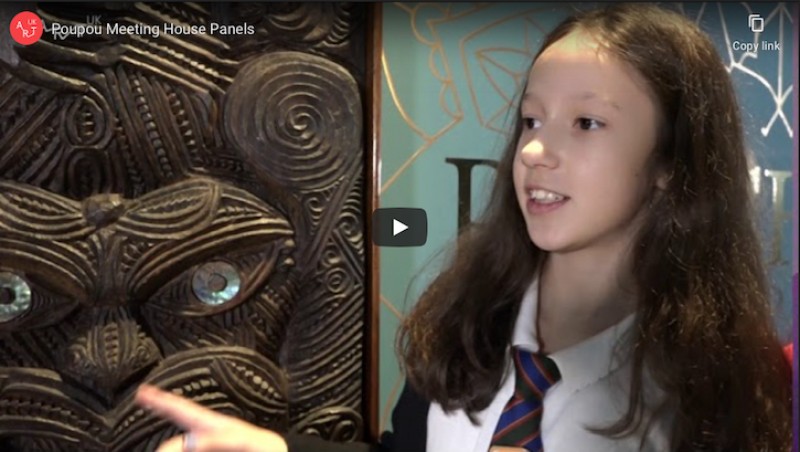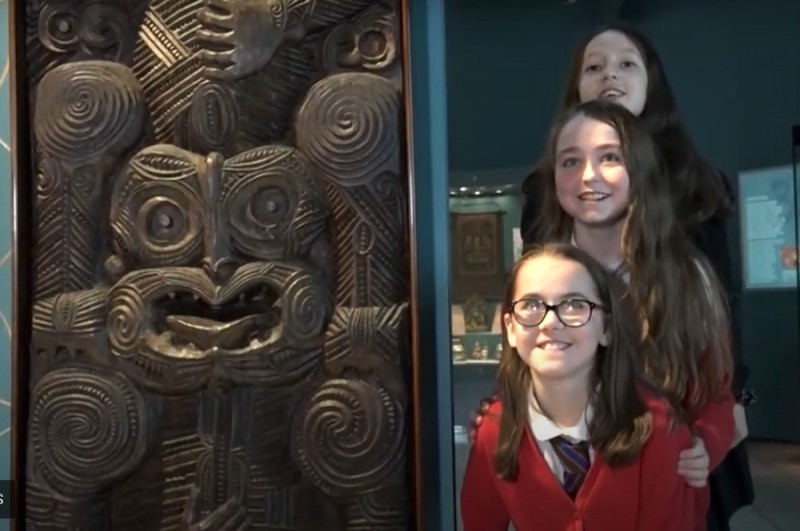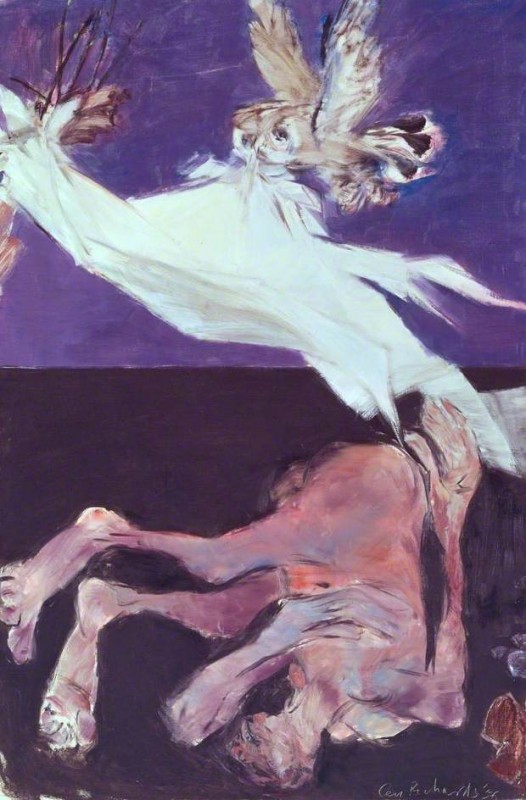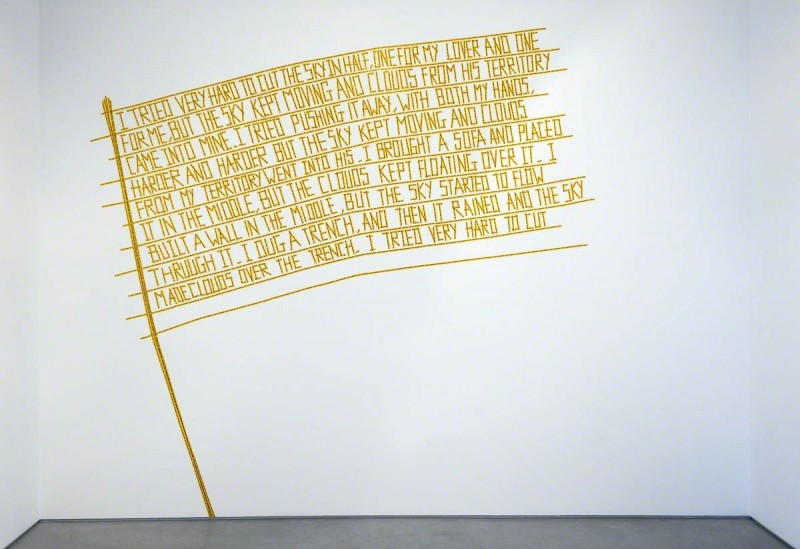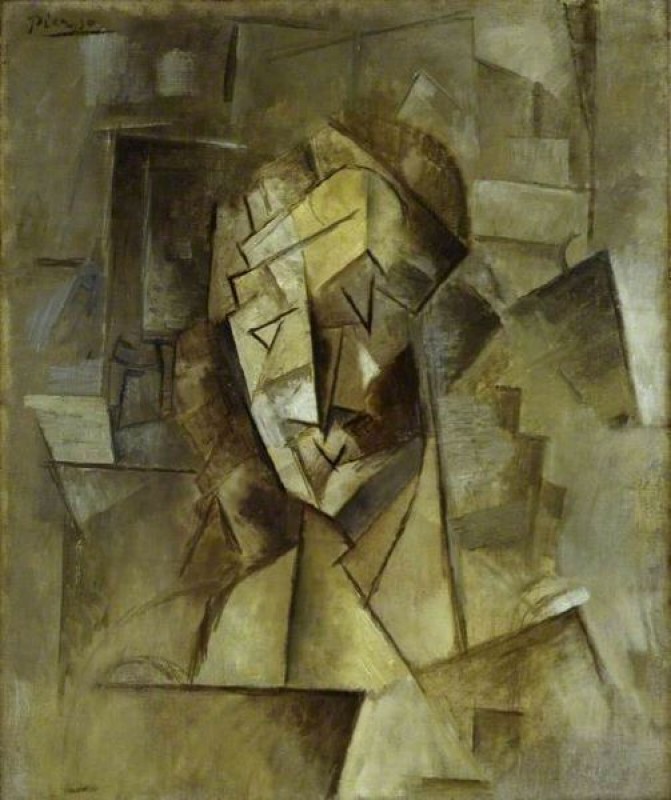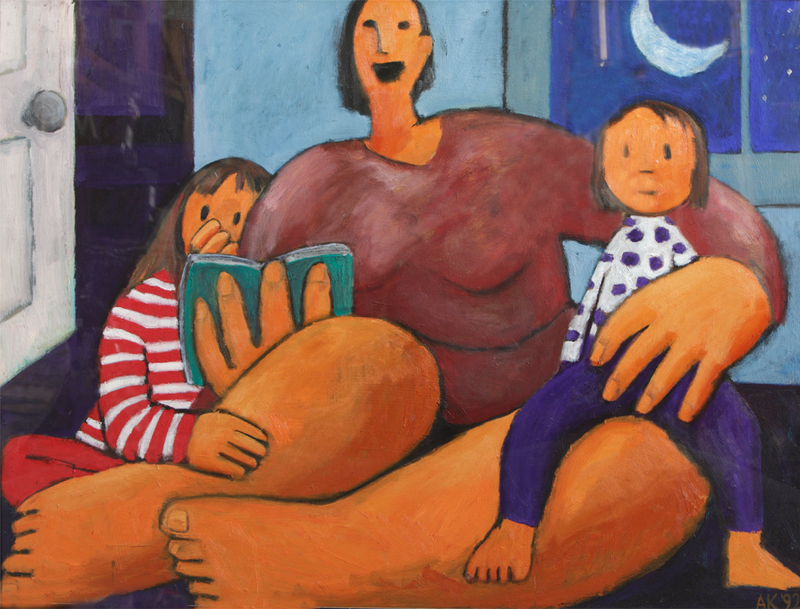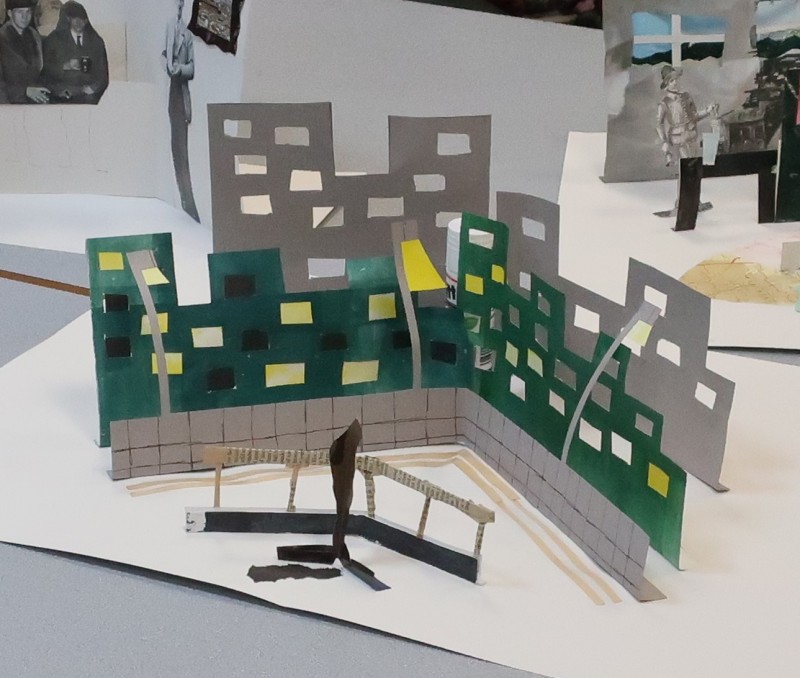Lewis Carroll in Llandudno
Lewis Carroll (whose real name was Charles Dodgson) was the famous Victorian author of the much-loved stories Alice's Adventures in Wonderland and Through the Looking-Glass, and What Alice Found There. Both stories involve Alice entering a strange world filled with peculiar characters.
The character of Alice was inspired by Lewis Carroll's friends' daughter Alice Liddell. The Liddell family had a holiday home in the seaside town of Llandudno in Wales. Lots of local people enjoy imagining Lewis Carroll visiting his friends and getting ideas for his stories from unusual characters and strange goings-on he encountered in Llandudno.
The town has commemorated its connection to the Alice stories with a sculpture trail. Artist Simon Hedger carved wooden sculptures of characters from both Alice books for the trail.
What adventures do you think the real Alice might have had in Llandudno?
Tenniel's illustrations and Hedger's sculptures
Cartoonist John Tenniel drew the illustrations for the Alice stories when they were first published, and although other artists illustrated later editions, Tenniel's pictures are still the best known.
Simon Hedger was inspired by Sir John Tenniel's illustrations when he made these sculptures.
- Do you think they look similar?
- What do you know about these characters?
- Do you think Simon Hedger has managed to capture the personality of each character?
The White Rabbit
illustration for 'Alice's Adventure in Wonderland' (detail), 1865–1957, woodblock cut by Dalziel Brothers (after John Tenniel), compared with 2012, wood carving by Simon Hedger 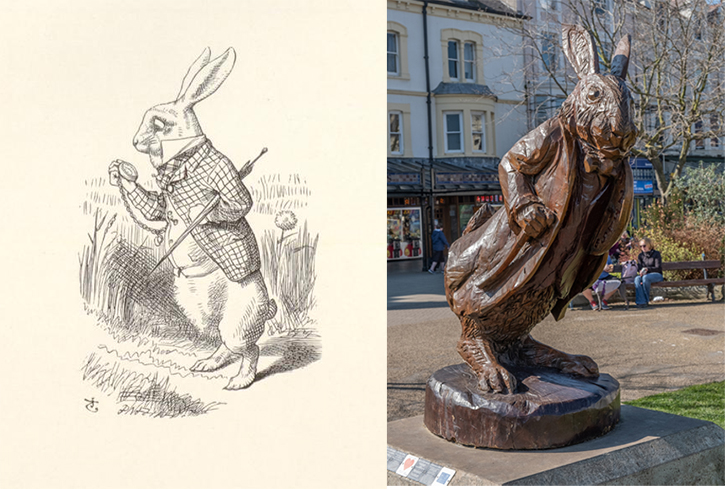
The Queen of Hearts
illustration for 'Alice's Adventure in Wonderland' (detail), 1865–1957, woodblock cut by Dalziel Brothers (after John Tenniel), compared with 2012, wood carving by Simon Hedger 
The Hatter
illustration for 'Alice's Adventure in Wonderland' (detail), 1865–1957, woodblock cut by Dalziel Brothers (after John Tenniel), compared with 2012, wood carving by Simon Hedger 